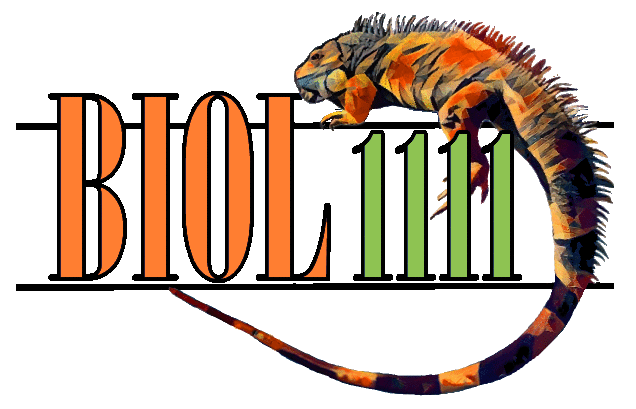|
Anoxia.
Literally means without oxygen. |
|
Autotrophy
The state of being self-sustaining and being able to produce food from inorganic compounds. |
|
Chlorophyll a.
Primary pigment in all photosynthetic organisms except bacteria; absorbs red and orange (600-700 nm) and blue and violet (400-500 nm). |
|
Community.
All the populations (of individual species) living in a given area. |
|
Decomposer.
Organisms that consumes feces and dead organisms. |
|
Dissolved Oxygen.
Oxygen in solution. Term usually associated with water quality measurements. Higher levels of D.O. generally indicates better water quality. |
|
Eutrophication.
A process in which bodies of water receive excess nutrients that stimulate plant growth. This plant growth, often called an algal bloom, reduces dissolved oxygen in the water when dead plant material decomposes and can cause other organisms to die. The source of the excess nutrients may be fertilizers applied to agricultural fields, golf courses, and suburban lawns; deposition of nitrogen from the atmosphere; erosion of soil containing nutrients; and sewage treatment plant discharges. |
|
Heterotrophy
the ability to gain carbon and energy by eating other organisms, consumer. |
|
Inorganic nutrient.
Bioavailable or easily metabolized forms of Nitrogen and Phosphorus are rapidly incorporated by plants to grow. |
|
Microalgae
Microscopic photosynthetic organisms that are found in both salt and fresh water. |
|
Mixotrophy
The property of certain microorganisms that can assimilate organic compounds as carbon sources but not as energy sources. |
|
Nonpoint Source Pollution
Pollution that generally results from land runoff, precipitation, atmospheric deposition, drainage, seepage or hydrologic modification. |
|
Organic Nutrient.
These sources of Phosphorus and Nitrogen are byproducts of animal metabolism such as ATP and amino acids or nucleic acids. These are made available to plants through their degradation by bacteria. |
|
Palmer Index
A composite rating of algae tolerating organic pollution. |
|
Photoheterotrophy
The property of an organism that depends on light for most of its energy and principally on organic compounds for its carbon. |
|
Phytoplankton.
Microscopic photosynthetic organisms that drift in water. |
|
Point Source Pollution
Pollution that comes from a specific, identifiable source, such as a pipe or channel. |
|
Trophic Level
An organism's position along a food chain. |
|
Turbidity.
A measure of the degree of clarity of a solution. For cloudy water, turbidity would be high; for clear water, the turbidity would be low. |
|
Visible Light Spectrum
Electromagnetic radiation with wavelengths between 400 nanometres and 750 nanometres. Electromagnetic radiation within this range can be detected by the human eye. Colours depend on the wavelength lengths, a short wavelength (the 400 nm side) looks blue and a long wavelength (the 750 nm side) looks red. |
|
Wavelength.
The distance moved by a photon during a complete vibration; dependent on the energy of the photon; higher energy photons have shorter wavelengths. |
